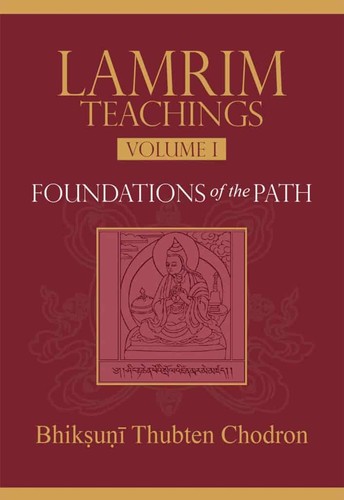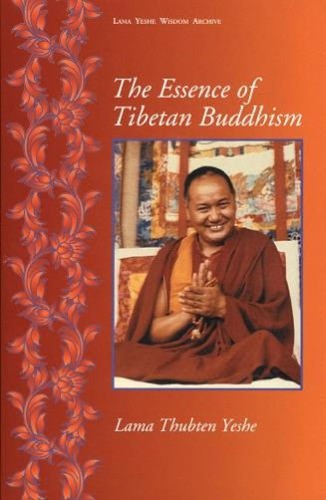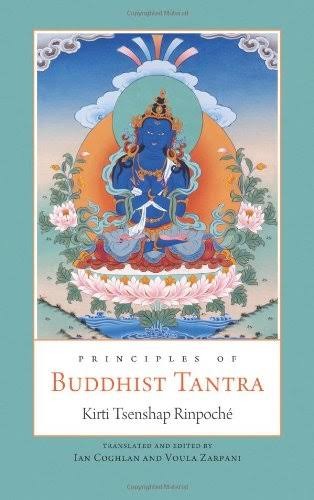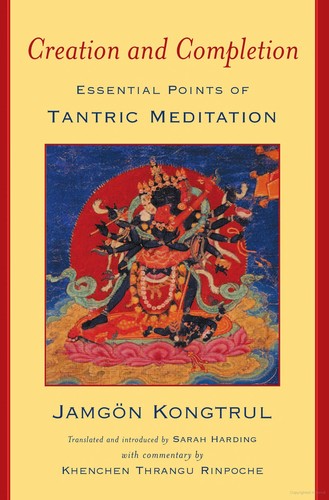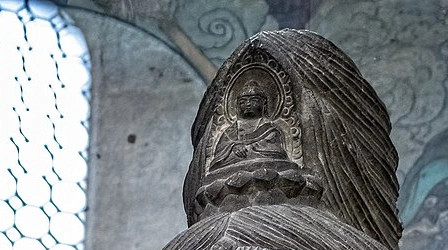Vajrayāna
Subscribe to this topic via: RSS
Tantric Buddhism, especially the forms native to the Himalayas and to the Tibetan Plateau.
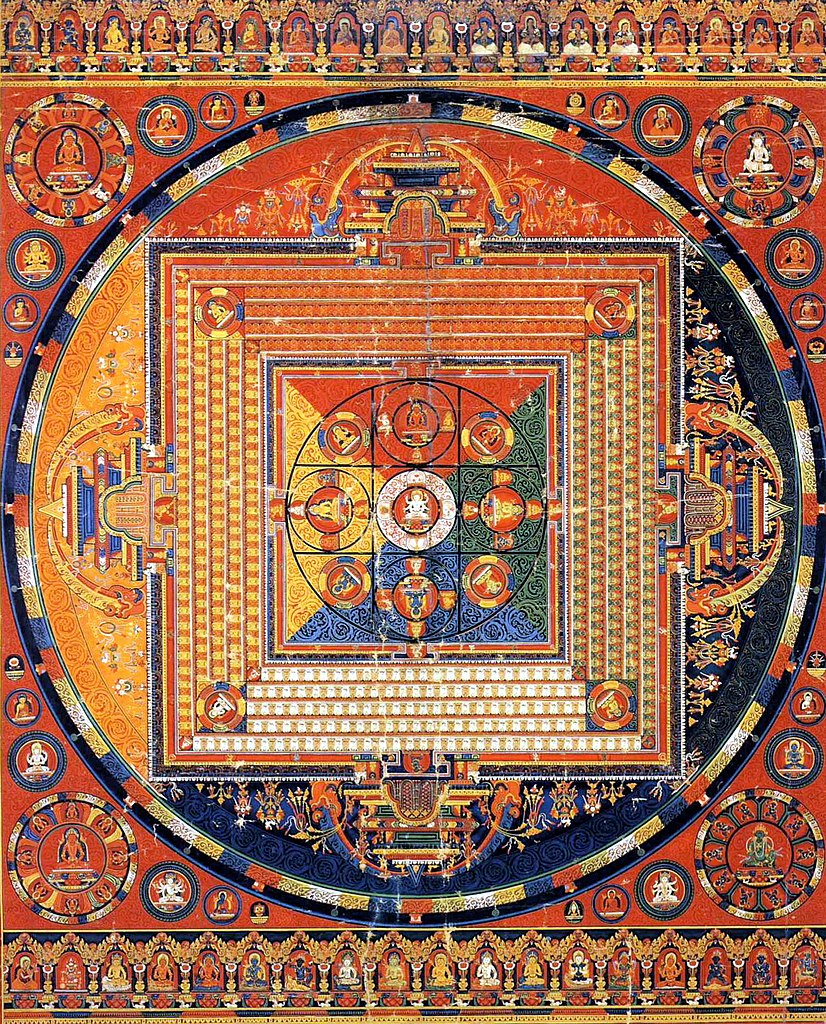
Mandalas such as this Vajradhatu mandala from Tibet are full of iconographic meaning. They are used as visual meditation guides in certain tantric practices.
Table of Contents
Books (7)
Featured:
-
‘root texts’ are summaries of teachings, that traditionally have been celebrated, memorized and commented on by teachers.
-
78 pages
-
The eighteen root vows and forty-six branch vows for engaging bodhicitta along with notes on guarding the vows from degeneration.
12 pages -
432 pages[recommended but under copyright]
-
144 pages[recommended but under copyright]
See also:
Canonical Works (5)
Featured:
-
⭐ Recommended
In accordance with the scriptures, I shall now in brief describe
The way to adopt the discipline of all the buddhas’ heirs. -
A
-
In the Three Jewels, I take refuge…
-
… what is the person whose mind is like a diamond?
See also:
Readings (29)
Featured:
-
⭐ Recommended
Is it even fair to ask what tantric rituals mean? Or are rituals what create meaning?
-
⭐ Recommended
Buddhist tantric traditions were strongly influenced at their inception by preexisting Śaiva Hindu traditions, but they also drew on a growing body of ritual and magical practices that had been developing for several centuries in Mahāyāna Buddhist circles. The spread of tantric traditions quickly followed their development in India.
-
… an ethical theory centered on the experience of an individual where perception and affect are the loci of moral development
-
[Mahayana] doctrines eventually propose that the Buddha is completely immortal, and that his immortality is reflected in his embodiment in an utterly indestructible substance (Skt. vajra)
-
⭐ Recommended
… although objects manufactured in factories for profit are not made or handled according to Buddhist tradition, the “aura” can be produced in different ways and at different points of an object’s life
-
⭐ Recommended
The temple represents an objectification of a model of the mind which underlies Sherpa religious thinking
-
A thorough introduction to the function of mantras in tantric literature and practice.
-
… observance of the monastic rules was not intended to be only a matter of acceptance of institutional rules and lifestyles. […] educated monks understood a causal connection between the exercise of ethical behavior in a monastic lifestyle and progress on the path
-
… several Buddhist commentators, in advancing the notion of “compassionate violence,” also advanced an ethical double standard
33 pages -
He asserts that all religious lineages other than Shingon encounter the raw teachings that emanate directly from Mahāvairocana in only symbolic and indirect ways. Thus he designates them as “exoteric.” Shingon practices, on the other hand, bestow the capacity to enter into the very source of Mahāvairocana’s teaching, into the depths of His own profoundly enlightened samādhi, such that the practitioner unites directly with the spontaneous expression of this buddha’s body, speech, and mind. This is the “esoteric” approach, and its practice reveals that this deeper, hidden dimension is always present in any kind of teaching…
-
Consecration is presented not as another worldly end, but with the express aim of producing adepts who could wield the ritual technology of the three types of homa.
-
It is very important to distinguish between mind and awareness.
10 pages -
Overpowered by the three poisons, I have committed the five boundless crimes…
-
Buddhas and Bodisattvas and frequently other deities are shown with their hands forming a number of different ritualized and stylized poses (Mudrās).
-
on the eighth and full and new moon days,
I shall abandon killing, stealing, sexual misconduct,
Lying, intoxicants; singing, dancing and wearing jewellery;
Sitting on high seats and eating after midday—
These eight branches I shall maintain.
May the enemies, destructive emotions, be destroyed! -
Ho! Out of the great purity and equalness of appearance and existence,
Samantabhadra’s offering clouds appear spontaneously without obstruction -
A famous poem about Avalokiteśvara known in Tibet as “The Po Praise”
-
reflect on the trials of saṃsāra
With a determination to escape -
We must decide, with firm conviction, that all that appears to us is nothing but our own deluded perception
-
Kyeho! All activities within saṃsāra are pointless
-
there’s no teaching more profound
Than emptiness with compassion
See also:
Audio/Video (4)
Featured:
See also:
